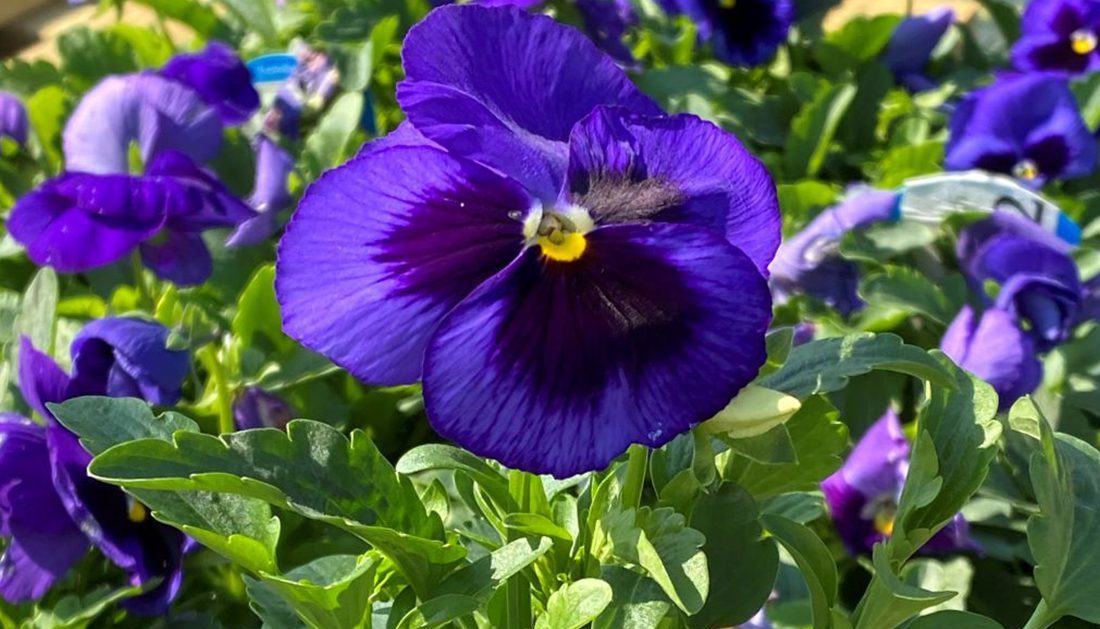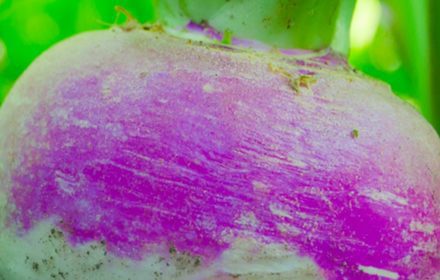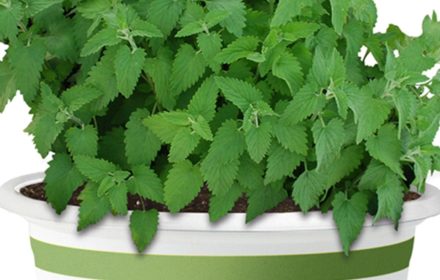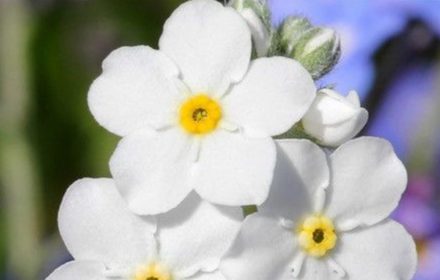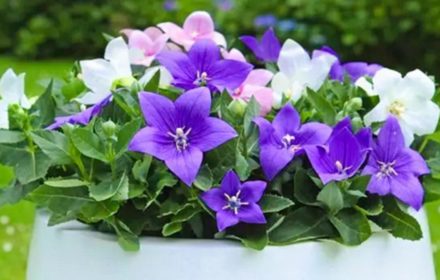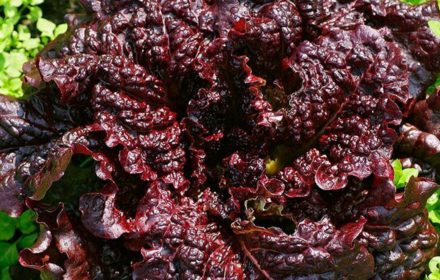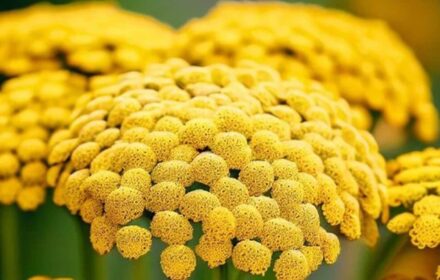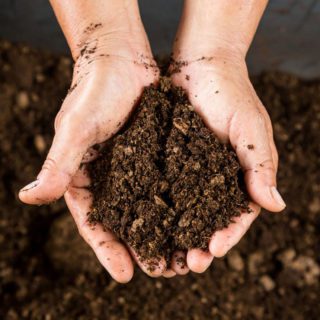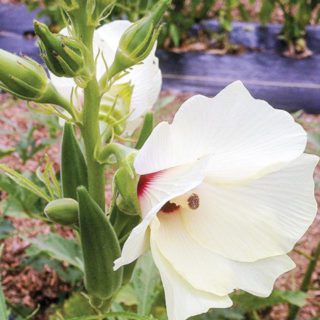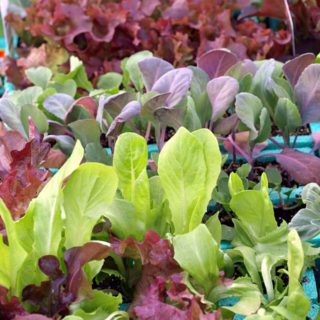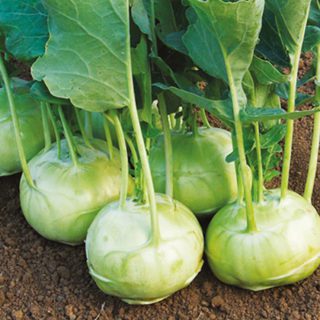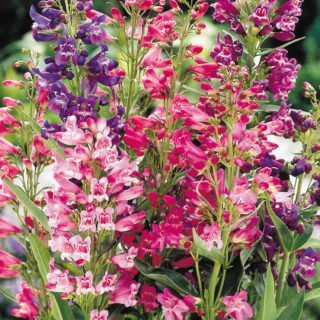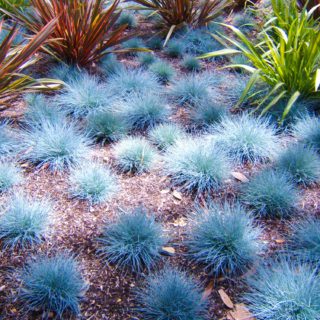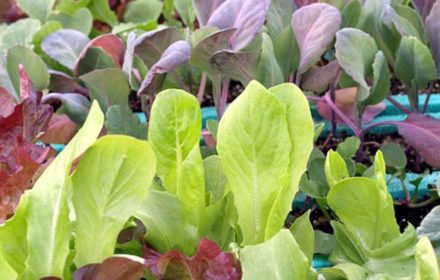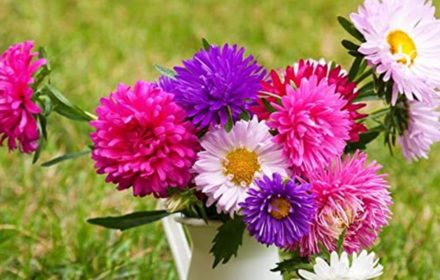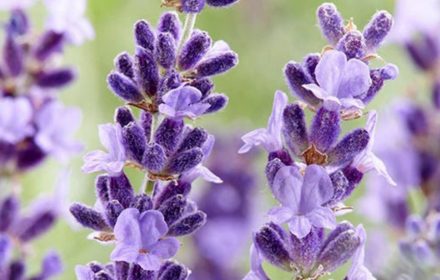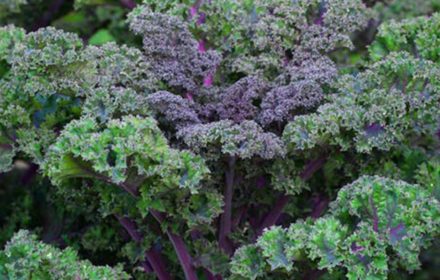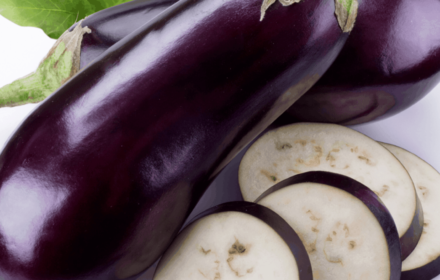How to Sow and Grow Giant Blue Pansy Seeds in the UK
Giant Blue Pansies are known for their rich, velvety blue petals and striking yellow centers. As a versatile and hardy biennial or short-lived perennial, they are perfect for adding vibrant colour to baskets, borders, and containers. With their edible blooms, they are a great addition to salads, desserts, and garnishes. Follow this guide to grow and enjoy Giant Blue Pansies in your garden.
Why Grow Giant Blue Pansies?
- Vibrant Blooms: Their deep blue petals provide a stunning visual display.
- Edible Flowers: All parts of the flower, including the petals, stamen, pistil, and sepals, are edible and ideal for culinary use.
- Long-Lasting Blooms: With proper care, they bloom from early spring to autumn.
- Versatile: Can be grown in borders, containers, hanging baskets, or even as houseplants.
When and Where to Sow Giant Blue Pansy Seeds
- Indoor Sowing: Start seeds indoors anytime, provided sufficient warmth and light are available.
- Outdoor Sowing: Sow seeds outdoors between mid-June and early September in mild-winter regions for spring or summer blooms the following year.
- Ideal Conditions: Pansies prefer well-draining soil and thrive in full sun to partial shade.
Step-by-Step Guide to Sowing Giant Blue Pansy Seeds
Indoor Sowing
- Containers: Use seed trays or small pots filled with fine seed compost.
- Sowing Depth: Sow seeds 1/16 inch (1.5 mm) deep, covering lightly with fresh compost or soil.
- Moisture and Darkness: Cover trays with polythene wrap or plastic to retain moisture and ensure the seeds receive complete darkness.
- Watering: Keep the compost consistently moist but not waterlogged.
- Germination Time: Germination typically takes 10–20 days. Not all seeds will germinate at once, so ensure the soil remains moist throughout this period.
Outdoor Sowing
- Prepare the Soil: Choose a well-drained location and enrich the soil with compost if needed.
- Sowing: Sow seeds directly in rows and cover lightly with soil.
- Watering: Water gently to ensure the soil remains moist but avoid overwatering.
- Spacing: Thin seedlings to 15–20 cm (6–8 inches) apart once they develop two sets of true leaves.
Transplanting and Spacing
- Transplanting: Once indoor-grown seedlings have developed their first set of true leaves and the risk of frost has passed, transplant them outdoors.
- Hardening Off: Gradually acclimatize the plants to outdoor conditions over 7–10 days before planting them in their final location.
- Spacing: Space plants 6–8 inches (15–20 cm) apart to allow for healthy growth.
Caring for Giant Blue Pansy Plants
- Watering:Keep the soil evenly moist, particularly during dry periods. Avoid overwatering, which can lead to root rot.
- Sunlight: Pansies thrive in full sun to partial shade. Ensure they receive at least 4–6 hours of sunlight daily.
- Fertilising: Apply a balanced, water-soluble fertiliser every 2–3 weeks during the growing season to encourage healthy growth and abundant blooms.
- Deadheading: Regularly remove spent blooms to encourage continuous flowering and prevent the plants from going to seed prematurely.
Harvesting and Using Edible Pansy Flowers
- When to Harvest: Pick blooms when fully open for maximum colour and flavour.
- Culinary Uses: The edible flowers can be used in salads, desserts, teas, or as cake decorations.
- Preservation: Pansy flowers can also be crystallised for decorative uses in baking and confectionery.
Common Questions About Growing Giant Blue Pansy Seeds
- Can Giant Blue Pansies grow in containers? Yes, they thrive in containers and pots. Ensure proper drainage and place the pots in a location with adequate sunlight.
- Do pansies require full sun? Pansies perform best in full sun to partial shade. Too much direct afternoon sunlight may cause stress, so partial shade is ideal in warmer climates.
- How long do pansy flowers last? With regular deadheading and care, pansies can bloom continuously for several months. In cooler climates, they can flower well into autumn.
By following these steps, you can enjoy vibrant, long-lasting Giant Blue Pansies in your garden, balcony, or home. Their striking blooms and culinary versatility make them a popular choice for gardeners and chefs alike.

